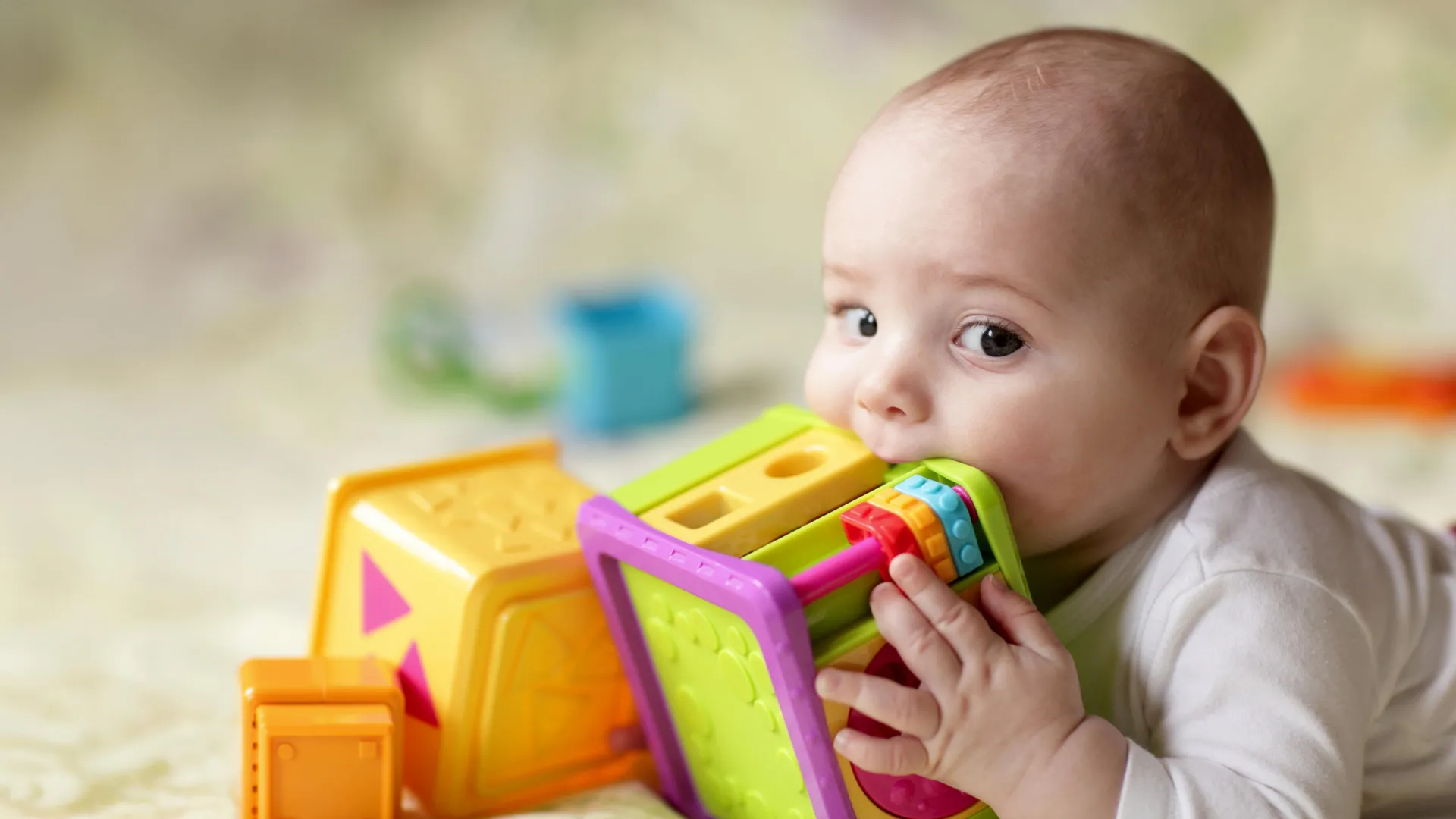Scientists find toxic metals hidden in popular plastic toys
A sweeping investigation reveals shockingly high toxic-metal contamination in Brazilian children’s toys, demanding immediate safety action.
- Date:
- November 28, 2025
- Source:
- Fundação de Amparo à Pesquisa do Estado de São Paulo
- Summary:
- A large-scale Brazilian study found dangerous levels of toxic metals in popular children’s toys, with barium and lead topping the list. Researchers used sophisticated lab methods to identify 21 hazardous elements and test how easily they could be released when toys are mouthed. Even though only small fractions leach out, the total concentrations were so high that safety concerns remain critical.
- Share:

Researchers from the University of São Paulo (USP), working together with the Federal University of Alfenas (UNIFAL), have found significant amounts of hazardous chemicals in plastic toys sold throughout Brazil. The team examined 70 products, including both imported and locally produced items, creating what they describe as the most extensive investigation in the country to date on chemical contamination in toys. The findings appear in the journal Exposure and Health.
Supported by FAPESP, the study showed that many of the toys failed to meet the safety requirements established by Brazil's National Institute of Metrology, Quality, and Technology (INMETRO) as well as those set by the European Union. The most concerning violations were linked to barium. In 44.3% of the samples, barium levels surpassed the permitted limit, reaching concentrations up to 15 times higher than allowed. Exposure to this element can lead to serious heart and nervous system issues, including arrhythmias and paralysis.
High Levels of Lead, Chromium, and Antimony
Elevated amounts of lead, chromium, and antimony were also detected. Lead, which is associated with irreversible neurological harm, memory problems, and reduced IQ in children, exceeded the limit in 32.9% of the samples, with some measurements reaching nearly four times the accepted threshold. Antimony, which can trigger gastrointestinal problems, and chromium, a known carcinogen, were present above acceptable levels in 24.3% and 20% of the toys, respectively.
"These data reveal a worrying scenario of multiple contamination and lack of control. So much so that in the study we suggest stricter enforcement measures, such as regular laboratory analyses, product traceability, and more demanding certifications, especially for imported items," says Bruno Alves Rocha. The research stems from Rocha's postdoctoral work, supported by FAPESP, carried out during his period as a visiting professor at UNIFAL.
Toy Selection and Testing Methods
To ensure the study reflected the broader market, researchers intentionally selected toys aimed at families from different socioeconomic backgrounds. Purchases took place in both large shopping centers and small discount shops in Ribeirão Preto. "We chose toys intended for children aged 0 to 12, many of which were sized and shaped to facilitate oral exploration -- that is, they could be put in the mouth -- which increases the risk of exposure to toxic substances," Rocha told Agência FAPESP.
The team used inductively coupled plasma mass spectrometry (ICP-MS) to detect and measure the presence of metals and non-metals, including extremely small quantities. They also used microwave-assisted acid digestion to simulate how chemicals might be released when toys come into contact with a child's saliva.
Twenty-One Toxic Elements Identified
This approach revealed the presence of 21 toxic elements: silver (Ag), aluminum (Al), arsenic (As), barium (Ba), beryllium (Be), cadmium (Cd), cerium (Ce), cobalt (Co), chromium (Cr), copper (Cu), mercury (Hg), lanthanum (La), manganese (Mn), nickel (Ni), lead (Pb), rubidium (Rb), antimony (Sb), selenium (Se), thallium (Tl), uranium (U), and zinc (Zn).
Using bioavailability (acid digestion) tests, the researchers developed two different exposure scenarios. One represented typical exposure levels based on median concentrations, while the other considered the highest levels detected. According to Rocha, "Exposure varies according to the concentrations of toxic elements, but it can also vary greatly from one child to another depending on how long they play with or keep the object in their mouth."
Chemical Release and Safety Concerns
Extraction rates, referring to how much of a substance is released when exposed to gastric juice, ranged from 0.11% to 7.33%. These values indicate that only a small portion of the total contaminants actually leaches out under conditions mimicking oral contact. However, Rocha notes that this does not eliminate health concerns. "While this is positive, the finding doesn't eliminate safety concerns, particularly given the high total concentrations detected in many samples," he says.
Tracing Contamination Sources and Additional Risks
The investigation also offered insight into how contamination may enter the toy production chain. "We found correlations between nickel, cobalt, and manganese, suggesting a common manufacturing origin. Beige-colored toys had higher metal concentrations, possibly due to the paint supplier, which is a relevant clue for future enforcement actions," he explains.
Beyond toxic metals, the same research group has previously examined chemicals that interfere with the hormonal system. These include bisphenols, parabens, and phthalates, which are widely recognized as endocrine disruptors.
"This isn't the first study with such alarming results, which only reinforces the need for urgent action to protect children's health," Rocha concludes.
Story Source:
Materials provided by Fundação de Amparo à Pesquisa do Estado de São Paulo. Note: Content may be edited for style and length.
Journal Reference:
- Bruno Alves Rocha, Matheus Gallimberti, Gabriel Henrique Savietto, Ramon Alves de Oliveira Paula, Marília Cristina Oliveira Souza, Grazielle Cabral de Lima, Mariane Gonçalves Santos, Fernando Barbosa. Potentially Toxic Elements in Brazilian Toys: A Bioaccessibility-Based Childhood Health Risk Assessment. Exposure and Health, 2025; 17 (6): 1411 DOI: 10.1007/s12403-025-00731-2
Cite This Page: